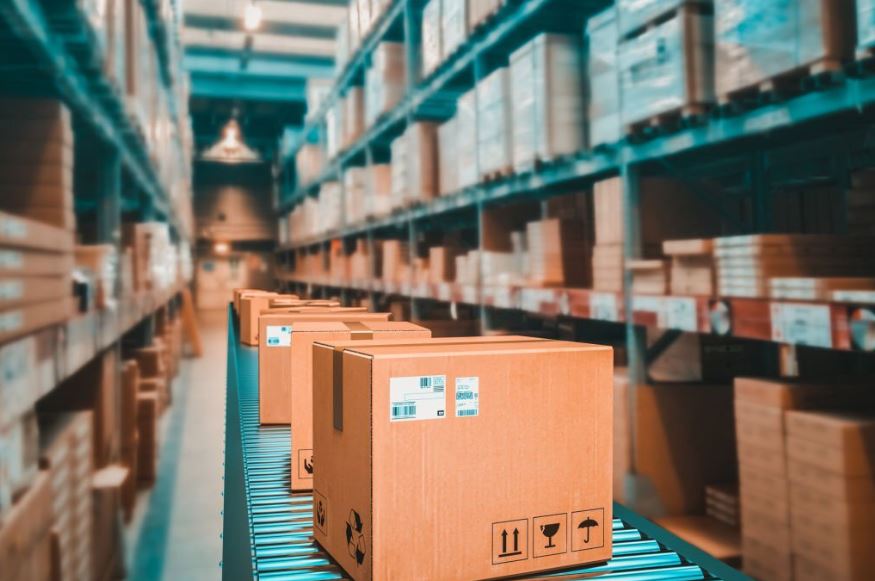Digital consultant
since 2005
Throughout this post we will be looking at the market outlook for the retail return costs. And we have focused on analysing how Ecommerce companies handle this type of situation in periods of high commercial turnover.
At eXprimeNet, we have taken on the task of assessing the impact that the rejection of an order has on logistics and costs. To do this, we started a market research at national level.
In our research we had a sample population of 1,500 people, with both men and women participating. In addition, we did not impose a specific age criterion, so the participants are of different ages.
What is the interest in this study?
For some years now, online shops have been striving to provide numerous conveniences to their customers as a measure to cope with the high rate of competition in the market.
In this perspective, measures were implemented such as reduce product shipment charges or facilitate the return of a purchase if the customer is not satisfied.
This offers benefits such as increased brand reliabilityand improvements in the assessment of customer service. And these are aspects that influence customers' decisions to make a purchase.
Another benefit of the customer having this possibility is related to customer loyalty. Several digital marketing trends suggest that the repurchase process is just as important as the initial customer acquisition.
However, we will bear the costs for the return of goods. in the retail sector can be very costly. The main objective of this study is to check whether the positive contribution can justify the economic loss and how companies view it.
For this, it is important to remember the context in which the possibility of returning products began to be promoted. In addition to being a great boost for brands, it facilitated trust in an innovative sales system.
But nowadays, the level of Ecommerce sales is considerably high. and has become embedded as a regular part of consumer behaviour. So, is retail returns still doing the job?
What is the financial impact of devolution in retail?
Our research on retail return costs in 2022 has shown that this is a significant outlay for online retailers. And the impact may be even more damaging for retailers.
A professor and logistics expert from the Open University of Catalonia (UOC) pointed out that returns management is a major inconvenience for Ecommerce companies.
But the most complicated aspect of this issue is that it is estimated that the costs incurred by a refund may exceed the cost of the product itself. Because of this, companies often face a higher rate of economic loss.
According to data issued by Professor Cristian Castillo, the cost of logistics in the event of a refund can account for up to 4% of an Ecommerce turnover.The logistics and transport costs have to be borne.
Analysis of transport costs
One of the challenges for retail companies is to remain commercially attractive to customers in terms of product delivery, while at the same time maintaining financial solvency with regard to transport costs.
Even with a successful purchase, the shipping costs borne by the company are a challenge. So, this can be a major problem when it comes to a return. It is estimated that the cost in this case can be twice as high as the shipping costs.
For more information on the impact of shipping costs, don't forget to visit this post; Analysis of online delivery charges in fashion shops
Analysis of logistics costs
A large part of the return costs in retail are related to logistics management. But there is a handling that prepares everything for the removal of the returned goods and a handling for the reception of the returned goods back into the warehouse.
In fact, companies with larger volumes of goods often have staff on hand to assess returned goods. And they must verify whether they are still in in order to be repositioned in the market.
In some cases, the product has to be offered for sale, and in other cases it is even destroyed. All these factors highlight the impact of return costs in retail.
The average consumer's perspective on returns
It has become clear that taking on all the costs involved in a return is a major expense for companies. But is the possibility of return a decisive part of a customer's decision to make a purchase? Yes, it really is.
Our research allowed us to identify the following data that are key to understanding what this central issue entails from various perspectives:
- At least 70% of users think that free returns are part of their decision to make an online purchase.
- On average 7 out of 10 shoppers confirm that they have returned a product purchased on Ecommerce in the last three months.
- 30% of consumers confirm that they have returned one or two products purchased from online shops in the past month.
In our research on retail return costs, we also assessed which types of merchandise tend to be returned the most. Managing this information can help businesses implement plans to help amortise costs, especially by preventing returns.
The data confirmed that 51% of the returned merchandise comes from the category of clothing, accessories or footwear. Part of the motivation for refusing a purchase is the wrong size.
Thus, shops dedicated to the fashion sector may be more involved in this type of process. Finally, the second niche that often faces returns is electronics, followed by household products and decoration.
